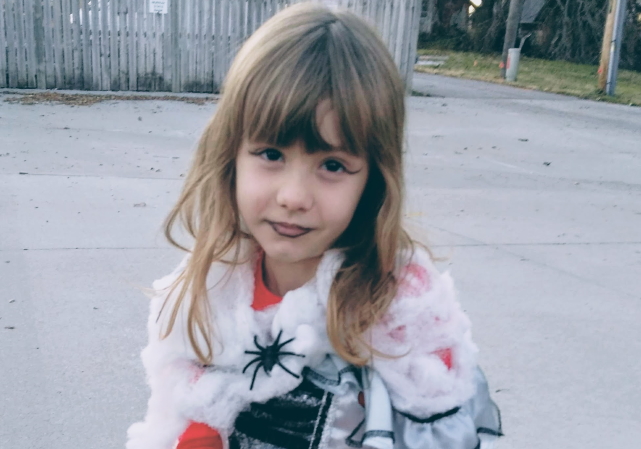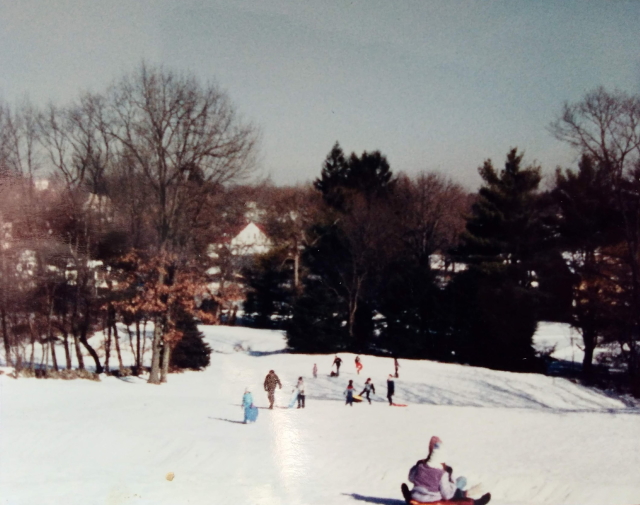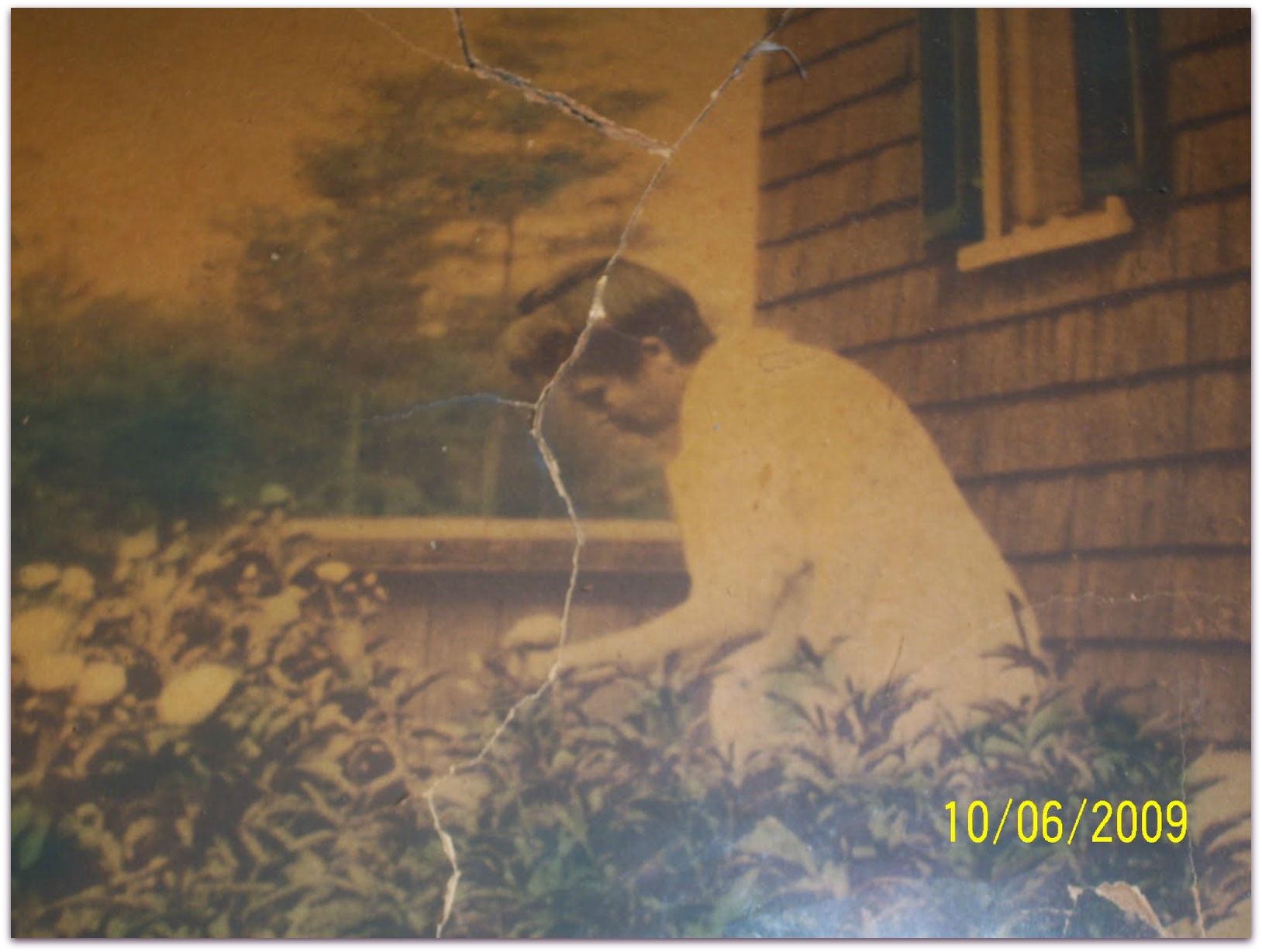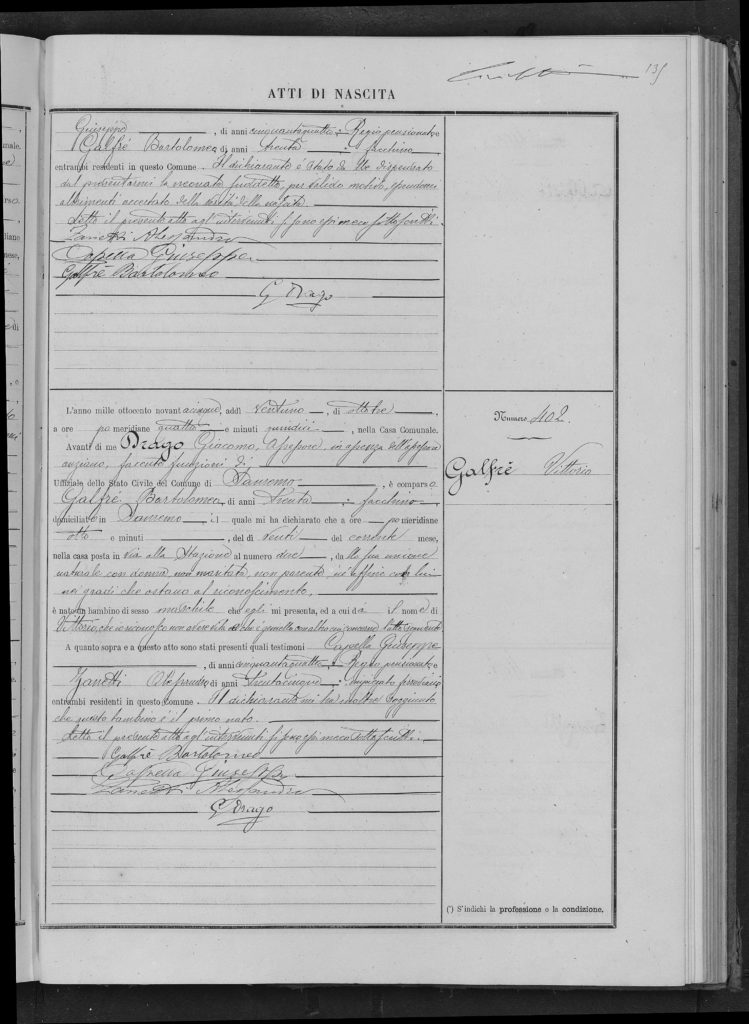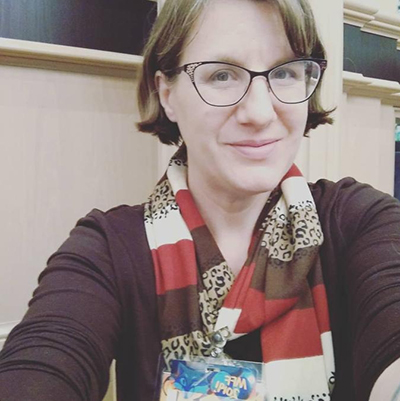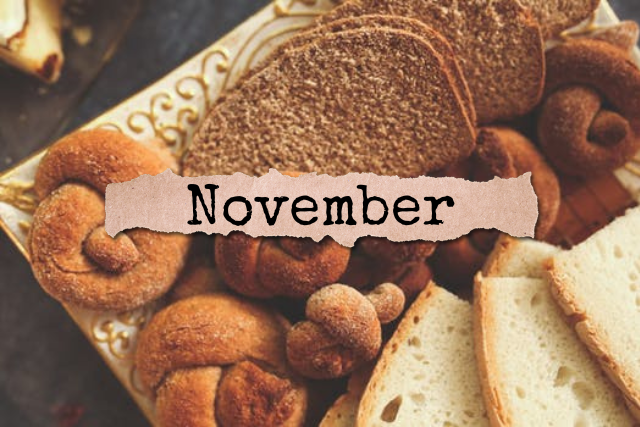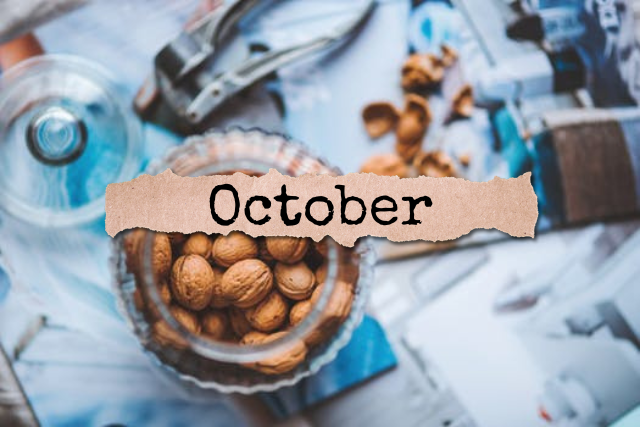This year, I’ve decided it’s time to be more specific about exploring my brick wall ancestors, as well as those who aren’t brick walls, but leave me with questions. Sometimes, it’s easy to mix up the two. What we think is a brick wall might actually be a research question, one that’s easily answered if we focus on it.
A brick wall is a place where you are at a standstill. You have unanswered questions and until you get those answers, can’t move any further back to previous generations. A research question can apply to both brick walls and ancestors for whom you’ve learned a lot, but might need confirmation of certain facts.
In the interest of putting some “cousin bait” out there, here is my list of brick walls and research questions for 2020:
Paternal
7th Generation: John Wood (circa 1800 – aft 1871) & Ann Siddall (circa 1810 – aft 1871), Marple to Ancoats and Chapel-en-le-Frith to Ancoats, England – Brick Wall
7th Generation: William Gray (circa 1815 – bet 1891-1901) & Ann Jane Mason (1815 – aft 1901), Ireland to Stockport to Ancoats and Woolrich to Stockport to Ancoats – Brick Wall
5th Generation: Emma Anna Wallace/Murphy (1861-1945) & Unknown Reagan, Guysborough, NS to Middleborough, MA – Research Question: Who was her first husband? When were they married? How did their marriage end (death or divorce)?
6th Generation: Francis Wallace (unk – aft 1867) & Elizabeth Murphy (1838 – aft 1861), Port Mulgrave, NS and Guysborough, NS – Brick Wall and Research Question: Did either of them every marry? If so, whom? Did they have other children? When did Francis and Elizabeth, and their potential spouses, die?
7th Generation: John Patrick Murphy (abt 1793 – 1873) & Mary Ann (Fraser) Lowery (abt 1806 – 1882), County Wexford, Ire to Guysborough, NS and Guysborough, NS – Brick Wall
8th Generation: Esther Unknown, wife of Edward Curtis (circa 1747 – 1840), Dudley, MA – Brick Wall and Research Question: What is her maiden name? DNA potentially points to Burrell or Short. Also mtDNA ancestor of Dad/paternal aunt. Willing to test their mtDNA?
Maternal
6th Generation: Giovanni Feola & Teresa Sofia, Campora, Italy – Brick Wall, not yet explored.
6th Generation: Nicola Tomeo & Francesca Trotta, Campora, Italy – Brick Wall, not yet explored.
8th Generation: Elizabeth, wife of William Parks & Mr. Johnston (circa 1795 – bet 1881-1890), Halifax, NS – Brick Wall and Research Question: What is her maiden name? What was her second husband’s name? When did she die? DNA potentially points to Johnston as a maiden name, as well.
8th Generation: Levi Benson (circa 1765 – 1815), Wareham, MA – Research Question: Were his parents Elisha Benson (1731-1813) and Sarah Steward (1732-1790)? Prove his paternity using Vermont probate record found for Elisha. Need to view at FHL or affiliate library.
6th Generation: Michele Galfre (1836 – unknown) & Francesca Manassero (1839 to unknown), Spinetta Italy – Research Question: Where were they born, married, and died?
7th Generation: Giovanni Battista Bartolomeo Galfre & Teresa DeMatteis, Spinetta, Italy? – Brick Wall
7th Generation: Giovanni Manassero & Teresa Cavallo, Spinetta, Italy? – Brick Wall
6th Generation: Giuseppe Bergamasco (abt 1837 – 1941), Cairo Montenotte to Moneglia, Italy – Research Question: When was Guiseppe born? Continue trying to decipher the handwriting on his birth record from the Allegati. When did he die? Possibly in or after 1941, supposedly 104 at the time of his death. No death record for him in Moneglia up to 1941. Died after 1941 or elsewhere?
7th Generation: Antonio Bergamasco & Maddalena Bozzolasco, Cairo Montenotte, Italy – Brick Wall (one of the witnesses to their son, Giuseppe’s, birth was Joseph Bozzolasco, perhaps a relative?)
7th Generation – Tomaso Pedemonte & Angela Giusto, Cogoleto, Italy – Brick Wall. Angela is the farthest back I can go on my mtDNA line thus far.


